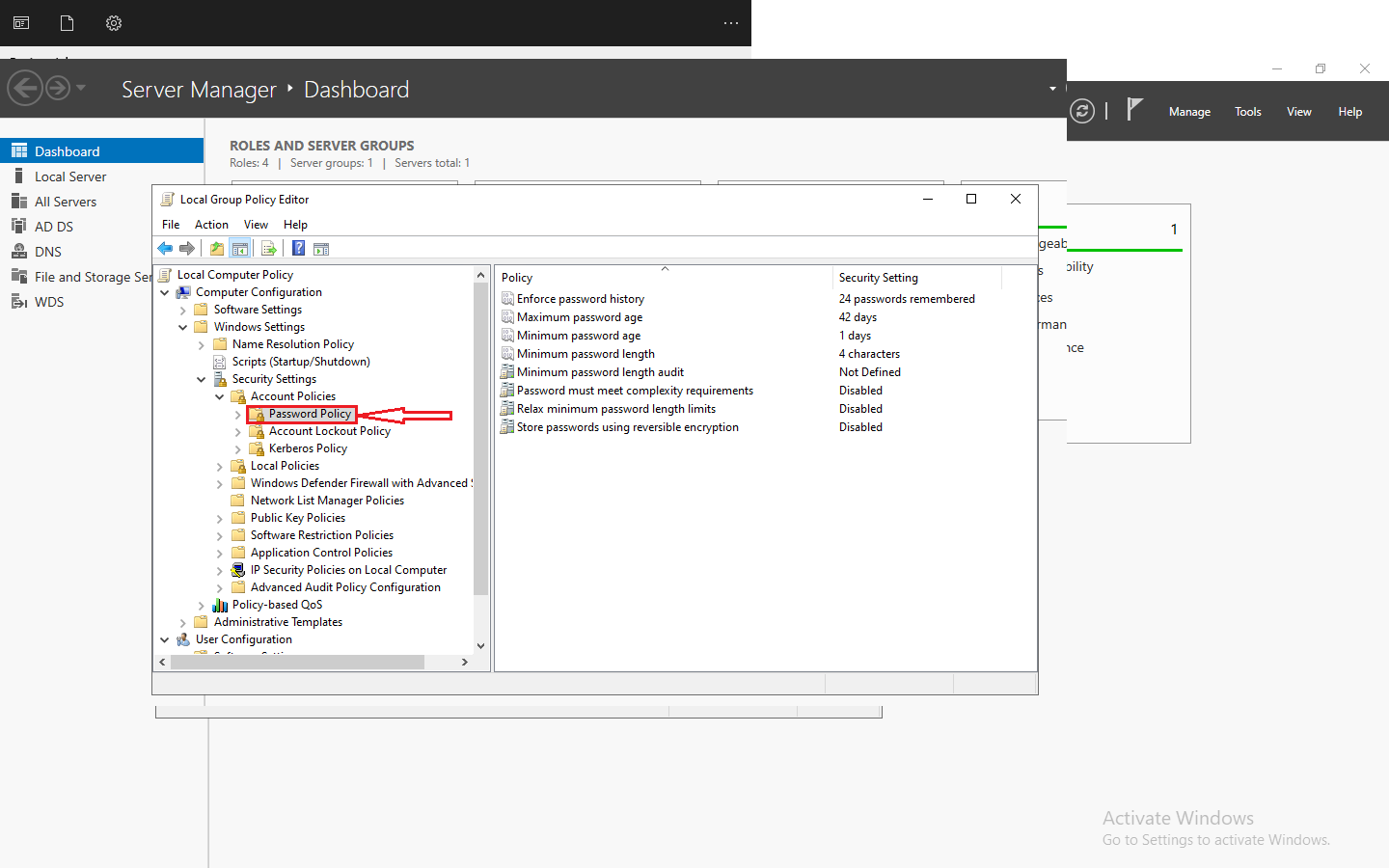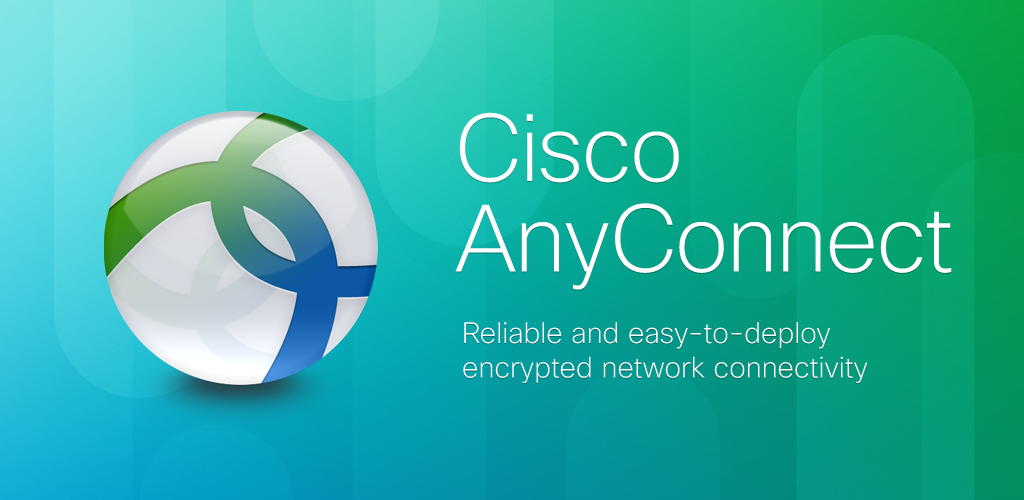Introduction to Data Storage and Virtualization
In this blog post we will explore the Data Storage virtualization using oVirt and Ceph and provide a comprehensive guide on setting up and managing this powerful combination. As the technology is evolving, the need for robust and scalable data storage and virtualization solutions has become paramount. As organizations strive to keep up with the exponential growth of data and the increasing demand for efficient resource allocation, the integration of cutting-edge technologies like Ceph and oVirt has emerged as a game-changing approach.
Table of Contents
What is Ceph Storage?
Ceph is an open-source, distributed storage system that offers a highly scalable and resilient solution for data management. Unlike traditional storage systems, Ceph utilizes a unique architecture that distributes data across multiple nodes, ensuring high availability, fault tolerance, and seamless scalability. By leveraging the Ceph Distributed File System (CephFS), Object Storage (RGW), and Block Storage (RBD) interfaces, organizations can benefit from a unified storage platform that can cater to a wide range of storage needs, from file-level to object-level and block-level storage.
Advantages of Ceph Storage
- Scalability: Ceph’s distributed architecture allows for the seamless addition of storage nodes, enabling organizations to scale their storage capacity as their data needs grow.
- High Availability: Ceph’s self-healing and self-managing capabilities ensure that data remains accessible even in the event of hardware failures or other disruptions, providing a highly reliable storage solution.
- Performance: Ceph’s intelligent data placement and replication strategies optimize I/O performance, ensuring that applications can access data quickly and efficiently.
- Cost-Effectiveness: Ceph’s open-source nature and ability to leverage commodity hardware make it a cost-effective alternative to proprietary storage solutions.
- Flexibility: Ceph’s support for multiple storage interfaces (CephFS, RGW, RBD) allows organizations to choose the most suitable storage option for their specific needs.
Integrating oVirt with Ceph Storage
oVirt, an open-source virtualization platform, seamlessly integrates with Ceph storage, enabling organizations to leverage the benefits of both technologies. By using Ceph as the underlying storage solution for oVirt, organizations can enjoy enhanced data management, improved resource utilization, and simplified virtual infrastructure management.
Setting up a Ceph Cluster for oVirt
To set up a Ceph cluster for use with oVirt, we will follow these steps:
- Install and Configure Ceph: Begin by installing the Ceph software on the designated nodes, configuring the cluster, and ensuring that the Ceph services are running correctly.
- Create Ceph Storage Pools: Create the necessary Ceph storage pools, such as the RBD (Block Storage) pool, to be used by oVirt.
- Configure oVirt to Use Ceph Storage: In the oVirt management interface, add the Ceph storage domain and configure the necessary settings, such as the Ceph cluster details and the storage pool to be used.
- Test the Integration: Verify the integration by creating virtual machines (VMs) and storing their disk images on the Ceph storage domain.
By following these steps, you can seamlessly integrate Ceph storage with your oVirt environment, unlocking the full potential of data storage and virtualization.
Managing and Monitoring Ceph and oVirt
Effective management and monitoring of the Ceph and oVirt ecosystem are crucial for ensuring optimal performance, availability, and resource utilization. Here are some key considerations:
- Ceph Cluster Monitoring: Utilize Ceph’s built-in monitoring tools, such as Ceph Dashboard or Ceph Manager, to monitor the health of the Ceph cluster, track performance metrics, and identify any potential issues.
- oVirt Monitoring: Leverage oVirt’s comprehensive monitoring capabilities to track the performance of your virtual infrastructure, including the utilization of Ceph storage resources.
- Integrated Dashboards: Explore solutions that offer integrated dashboards, allowing you to view and manage both Ceph and oVirt from a single pane of glass, simplifying the overall monitoring and management process.
- Alerting and Notifications: Configure appropriate alerting and notification mechanisms to receive timely alerts about critical events or performance deviations, enabling proactive problem-solving.
- Automation and Scripting: Leverage automation tools and scripting to streamline common management tasks, such as Ceph cluster expansion, virtual machine provisioning, and resource optimization.
By implementing a robust monitoring and management strategy, you can ensure the smooth and efficient operation of your Ceph and oVirt environment.
Best Practices for Data Storage and Virtualization with oVirt and Ceph
To maximize the benefits of using oVirt and Ceph together, consider the following best practices:
- Capacity Planning: Carefully plan your storage and compute resources to ensure that your Ceph cluster and oVirt environment can accommodate your current and future needs.
- Ceph Cluster Design: Optimize the Ceph cluster design, considering factors such as the number of nodes, replication factors, and placement group configurations to achieve the desired performance and reliability.
- Workload Optimization: Analyze your workload patterns and configure the Ceph storage pools and oVirt virtual machines accordingly to optimize I/O performance and resource utilization.
- High Availability: Implement high availability measures, such as multi-node Ceph clusters and oVirt engine redundancy, to ensure that your infrastructure can withstand hardware failures or other disruptions.
- Backup and Disaster Recovery: Establish robust backup and disaster recovery strategies, leveraging Ceph’s snapshot and replication capabilities, to safeguard your data and ensure business continuity.
- Continuous Monitoring and Optimization: Continuously monitor the performance and resource utilization of your Ceph and oVirt environment, and make timely adjustments to maintain optimal efficiency.
By adhering to these best practices, you can unlock the full potential of Ceph and oVirt, delivering a reliable, scalable, and high-performing data storage and virtualization solution.
Conclusion and Future Trends in Data Storage and Virtualization
The integration of Ceph and oVirt represents a significant step forward, empowering organizations to manage their data and virtual infrastructure more effectively. Looking ahead, we can expect to see further advancements in the Ceph and oVirt ecosystem, such as improved integration with cloud-native technologies, enhanced automation capabilities, and the integration of advanced analytics and machine learning for predictive maintenance and resource optimization.












